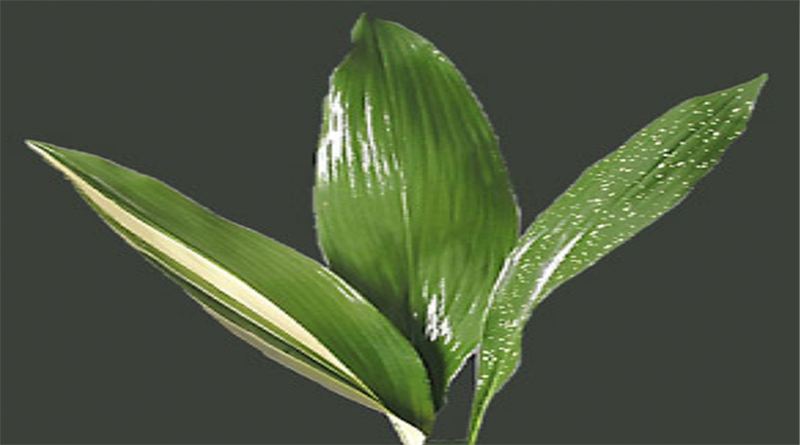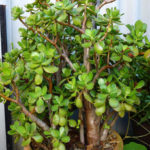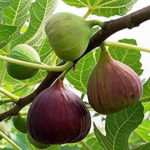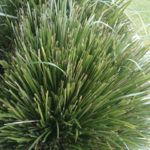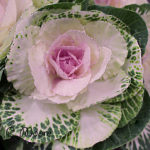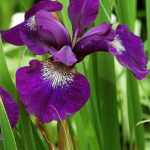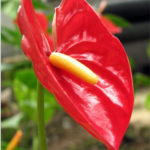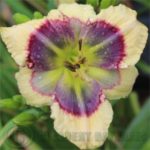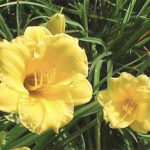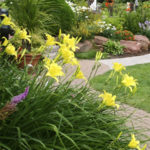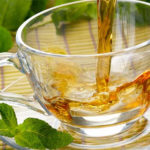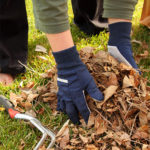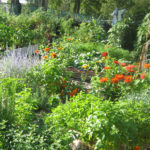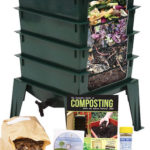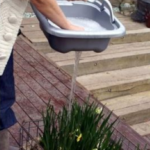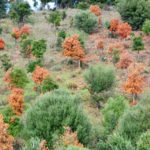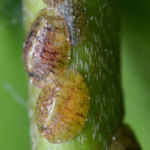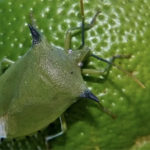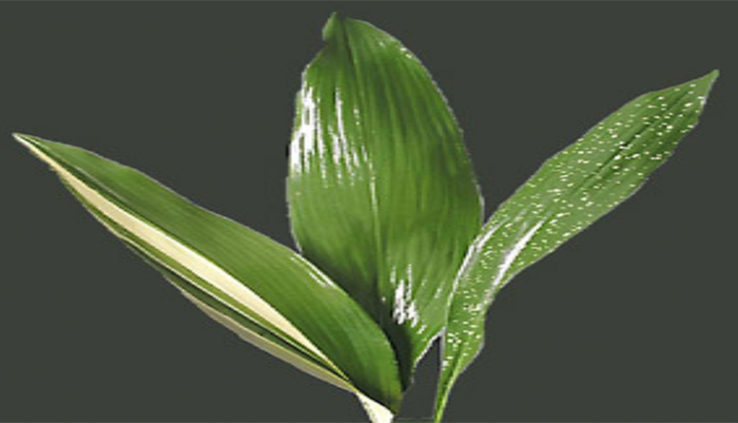
Aspidistra Cast Iron Flowering Plant
Growing And Taking Care Of Aspidistra Cast Iron Plant
If you are collecting or looking for a very good and attractive looking house plant that will add some greenery and a fresh look to your interiors, then invest in the Aspidistra plants. They will help in changing the look and the decor of your home interiors. These plants lives up to its name, cast iron plant, it’s hard to kill. While they are tough, reliable that loves to grow and thrive in low light and cooler parts of the garden in different regions. Their broad leathery foliage offer brightness and an airy feel to the room. The Aspidistra plant can also be grown outdoors as a ground cover or an understory plant, but they need to be grown in areas where there is low light and maximum shade. This plant is popularly known as the Cast Iron plant or the iron plant. There are three different varieties of the Aspidistra plant that are used often in gardening in Australia. One of the most common versions of this plant is the one with white or cream spots on the green leathery leaves and this is called the Milky Way plant. These plants are members of the lily family.
More about Aspidistra plant
The main reason why I grow Aspidistra plant varieties is for its tough attractive looking evergreen foliage. Old fashion variegations, colours and leaf shapes of aspidistra plants will grow in any garden or home. These days, many people are also searching and using the spotted, speckled and variegated versions of the Aspidistra plant instead of the plain green leaf plant, to add a new look to their home interiors. These plants grow about 18 to 24 inches tall and are about 12 to 15 inches wide. The leaves of this plant are long, elongated dark green and upright. The wide strappy leaves grow from underground rhizomes. This plant will withstand mild sun but prefers full shade areas, when planted outside. Even though I have never seen any flowers on my plants, you may be surprised at times or one day you may see small purple or brown colour cup shaped flowers at its base of the plant sitting on top of the soil. Aspidistra plants are slow growers so be patient. To purchase they can be also a bit expensive as well. I bid on my plants at a house auction sale a few years ago, this can be an ideal way of buying plants in large quantities cheaper.
Growing Aspidistra
The Aspidistra plant prefers to grow in light shade and will not be able to withstand the direct sun. The soil needs to be moist at all times during the summer and the spring. You can reduce the watering of the plant during winter. It will grow well in a soil that is well-draining, and only needs to be fertilised during its growing season.
- Aspidistra plants will easily propagate through division. The pieces of the rhizomes with two to three leaves must be taken.
- This rhizome should be placed in a fertilised soil-filled pot. You need to dig a hole in the soil that will accommodate the rhizome.
- There is no need to cut the surviving leaves before planting in any way.
- Then after placing the rhizome in the soil, you should cover it with the fertile soil and press the soil so that the rhizome is held firmly in place.
- The soil in the pot must be kept moist till you see new shoots growing.
- You can report the pot every other year if needed into the next size pot.
Care for Aspidistra plant
As the Aspidistra is a tough plant, it does not need much care. It can tolerate dust, cold, wet soil, drought and heat to a greater extent. If you keep the leaves clean this helps the plant take in more light. To keep the plant neat and tidy cut out worn out leaves that have been chewed or ripen with age. It is an ideal plant to grow for all gardening beginners. It’s leaves can be used for cut flower arrangements as the foliage will last for a few weeks. They need good quality and fertiliser rich garden soil to grow outdoors. Using a good potting soil mix is ideal when growing the plant indoors. Protect from slugs and snails.

